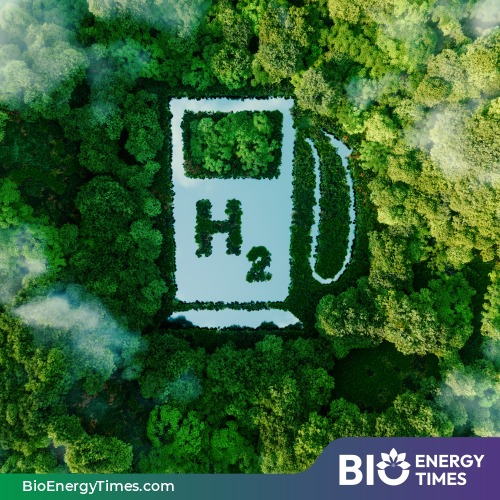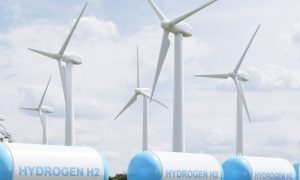India Commits to Net Zero Emissions Target by 2070 at the World Economic Forum

India’s economy is set for expansion, with energy demand projected to rise by 35% by 2030. The country is working towards 500 GW of non-fossil fuel-based power by 2030, having achieved 152 GW of renewable capacity as of August 2024. Green hydrogen will be crucial in reducing industrial emissions, with the National Green Hydrogen Mission aiming for 5 million tons of green hydrogen annually by 2030
India’s economy is poised for expansion as it addresses the needs and aspirations of its growing population. Energy demand is expected to surge significantly over the next two decades, projected to increase by 35% by 2030. With the country’s development, there will be a rising demand for materials such as transport, cement, steel, copper, and aluminum, driving infrastructure and energy transition. Meeting these increasing demands while ensuring sustainability presents a significant challenge for the world’s largest democracy.
As part of its international climate commitments under the Paris Agreement, India is working towards a target of 500 gigawatts (GW) of non-fossil fuel-based power generation capacity by 2030. According to the Ministry of New and Renewable Energy, as of August 2024, India has established a renewable energy ecosystem of 152 GW, including 89 GW from solar and 47 GW from wind. This marks a major step towards achieving India’s clean energy goals.
Green hydrogen will play a pivotal role in addressing India’s energy transition and industrial transformation challenges while achieving its net zero emissions target by 2070. Produced through renewable-powered water electrolysis, green hydrogen and its derivatives will be essential for emission reduction.
For example, green hydrogen is used in green steel production to replace carbon-intensive elements like coal, significantly reducing its carbon footprint. Additionally, low-cost green hydrogen can be combined with carbon dioxide from cement production to produce methanol, a critical chemical used in PVC manufacturing. By incorporating carbon into long-lasting products, it can be effectively sequestered for extended periods. This presents an excellent solution for India, which currently lacks large-scale carbon storage.
To meet its growing energy needs while reducing emissions, India launched its National Green Hydrogen Mission in 2030, aiming to produce 5 million metric tons of green hydrogen annually by that year. However, some estimates suggest that India has the potential to produce up to 10 million tons per year by 2030.
To achieve this capacity, it is crucial to lower production and management costs. A recent report by the World Economic Forum and Bain & Company outlines several strategies to accelerate the adoption of green hydrogen in India. These include reducing renewable energy costs to below $0.02 per kilowatt-hour and production costs to under $2 per kilogram, as well as facilitating a rapid decrease in electrolyzer costs, along with reducing the costs of converting, storing, and transporting green hydrogen.
Here, industrial clusters for green hydrogen can be beneficial, especially those located around major ports. The geographic concentration of co-located companies and public institutions provides a strategic platform for enhancing technologies, sharing resources, and optimizing energy demand.
By centralizing production and integrating it with high-emission industries such as cement, steel, and fertilizers, industrial clusters can support decarbonization and facilitate the trade and export of green hydrogen derivatives like green ammonia. They are essential for managing industrial emissions and enhancing national energy security.
Source Link : https://www.pressnote.in/Corporate-News_503619.html#google_vignette

















